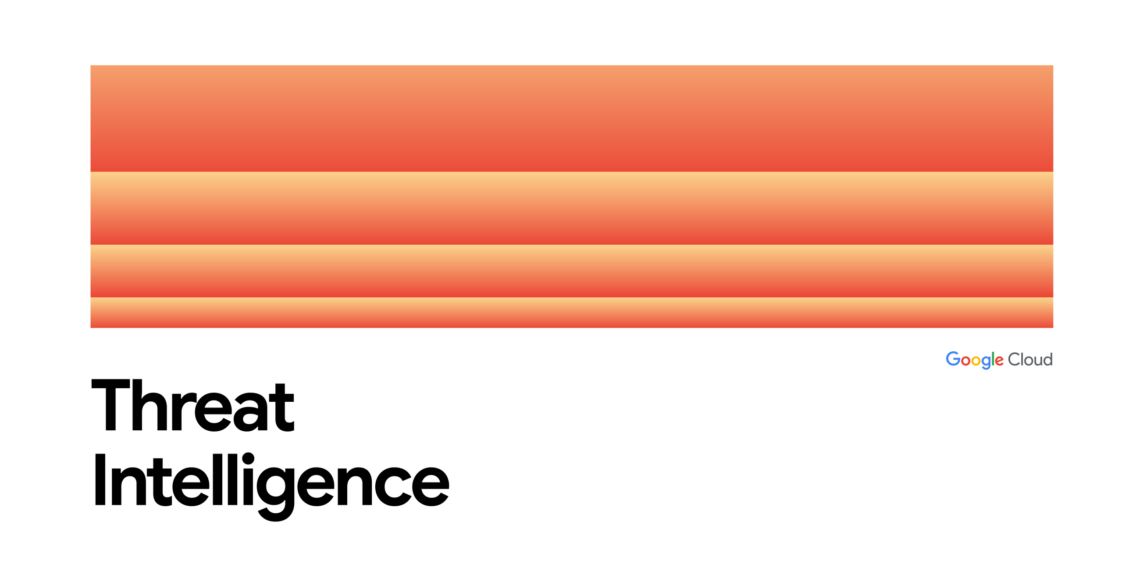The Rise of Crypto Heists and the Challenges in Preventing Them
Cryptocurrency crime encompasses a wide range of illegal activities, from theft and hacking to fraud, money laundering, and even terrorist financing, all exploiting the unique characteristics of digital currencies. Cryptocurrency heists, specifically, refer to the large-scale theft of cryptocurrencies or digital assets through unauthorized access, exploitation, or deception.
Cryptocurrency heists are on the rise due to the lucrative nature of their rewards, the challenges associated with attribution to malicious actors, and the opportunities presented by nascent familiarity with cryptocurrency and Web3 technologies among many organizations. Cofense highlighted that phishing activity targeting Web3 platforms increased by 482% in 2022, Chainalysis reported that $24.2 billion USD was received by illicit addresses in 2023, and Immunefi reported that in Q2 2024, compromises of Web3 organizations resulted in losses of approximately $572 million USD.
When threat actors gain access to cryptocurrency organizations, the potential for rapid, high-value financial losses due to unauthorized access is significantly elevated. A single malicious command executed on a vulnerable system can lead to the theft of millions of dollars worth of assets. This starkly contrasts with traditional organizations, where achieving financial gain or extracting value from stolen data often requires prolonged social engineering campaigns, all while facing the risk of detection and apprehension by law enforcement or financial institutions. The prospect of swift and substantial financial gains presents a compelling motivation for threat actors to target cryptocurrency organizations.
Cryptocurrency organizations are those whose core operations revolve around the use, management, or exchange of digital currencies, including:
-
Cryptocurrency exchanges that facilitate the buying and selling of cryptocurrencies
-
Financial institutions or payment gateway platforms that provide on or off ramp buying and selling of cryptocurrencies
-
Financial institutions that hold cryptocurrency assets as investment products for their customers
-
DeFi protocol providers that provide financial solutions for interacting with cryptocurrency assets
-
Web3 game creators that use blockchains for their in-game economics
-
Providers of hardware or software cryptocurrency wallets, wallet custodians, and wallet smart contract providers, which facilitate storage solutions for cryptocurrency assets
-
Cryptocurrency mining organizations, which validate transactions to generate new cryptocurrency tokens
The threats posed to these organizations are significant. Mandiant has observed cryptocurrency organizations employing heightened security controls driven by pressures from widespread reporting of impactful heists, however, many still remain unprepared for the threats they face.
Across its Incident Response engagements conducted at cryptocurrency organizations, Mandiant has observed common challenges relatively unique to these types of organizations. Mandiant has observed that these challenges introduce significant technical security debt, complexity, and widened attack surfaces, which make preventing, detecting, and responding to intrusions increasingly challenging.
-
Hyperfocus on wallet infrastructure: Many organizations focus on the security of wallet infrastructure but fall short on fundamental enterprise security practices.
-
Rapid development lifecycles: Cryptocurrency organizations, especially startups, often need to develop platforms fast, driven by aggressive market competition and investor pressure.
-
Unmanaged workforces: Given the demand for cryptocurrency platform developers, many organizations employ contractors or freelancers, who work for multiple organizations at the same time from their own devices. These devices are generally not monitored or policy-enforced by the organizations the user works for, and compromise of one of these devices may lead to intrusions at multiple organizations.
-
Unmanaged or disparate infrastructure: Given how rapidly many organizations have grown, infrastructure can be relatively chaotic, with disparate systems across multiple environments or cloud providers, with ad-hoc inventory or change management practices.
